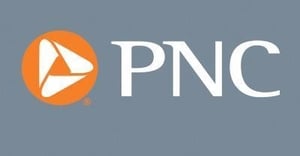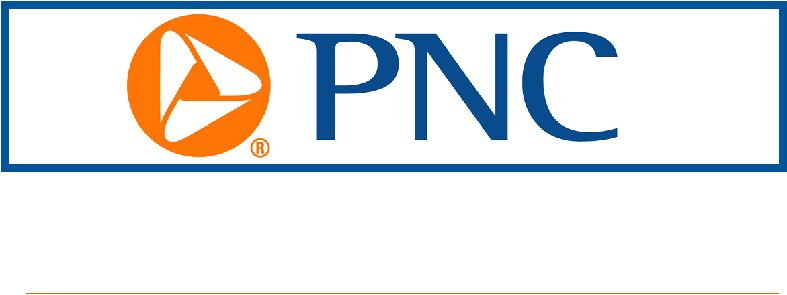
- Topline CPI grew at a 0.1% pace in November 2023 versus October.
- Core CPI, less Food & Energy, saw accelerated gains to 0.3% in November 2023, matching PNC’s expectations.
- Energy inflation posted a second consecutive 2%+ monthly drop in November 2023.
- Housing inflation bounced back in November 2023, accelerating to a 5.2% annualized pace.
Consumer Price Index (CPI) inflation came in at +0.1% in November 2023 versus October. The acceleration in Core CPI inflation was somewhat stronger, posting a +0.3% result for November, removing the considerable drop in Energy prices from the topline result. The Fed’s target of an average of 2.0% year-over-year inflation remains well off from November’s +3.1% and 4.0% topline and core inflation results, respectively.
A second consecutive sharp monthly decline in Energy prices in November 2023 helped topline CPI inflation remain contained in November 2023. Gasoline prices fell by 6.0% for the month, building on the 5.0% drop in October. The ongoing retreat in this key consumer necessity, and sentiment-driving price tag, will likely support discretionary spending in the fourth quarter as households shift dollars from filling their gas tanks to checking their holiday shopping and recreation lists.
Housing price pressures continue to offset relief in areas such as energy. The Housing component of the CPI report bounced back in November 2023 to post a 5.2% annualized gain (+5.2% year-over-year as well). Factoring out some recent volatility, Housing prices are nonetheless advancing at the fastest 3-month average pace since March 2023. Housing comprises more than 40% of the overall CPI measure and takes its cues not only from current home sales – which are dismal – but from the pressure on past homebuyers who now face the cost of maintaining their homes. Ongoing Housing price pressures and their outsized influence on inflation overall tell a large part of the story of why calls for early and rapid Fed monetary policy easing should be viewed with significant scrutiny. The Fed will not cut rates until inflation’s drivers are well and truly tamed, and Housing-related inflation suggests that risks to that outcome will linger into 2024.
Inflation in the Services less Rent of Shelter aggregate jumped to a 7.1% annualized pace in November 2023. This category has been cited as a telling measure of inflationary trends by the Fed. Since Housing-related inflation is somewhat backward-looking, driven in large part by past homebuying rather than where current spending habits are trending toward, excluding price the pressures of Shelter provides a different barometer for current conditions. In this case, inflationary pressure is revealed to still be uncomfortable. November’s 7.1% annualized pace joins 6.2% in August and 7.4% in September to create a concerning trend in Services price inflation.
Services consumption makes up two-thirds of total personal consumption expenditures in the U.S. economy. While the largest portion of spending continues to see some of the strongest inflationary pressures, the threat of inflation undermining U.S. economic health remains intact. These are the perspectives that the Fed must consider when evaluating monetary policy moves, and they are not supportive of rapid Fed policy easing anytime soon.














